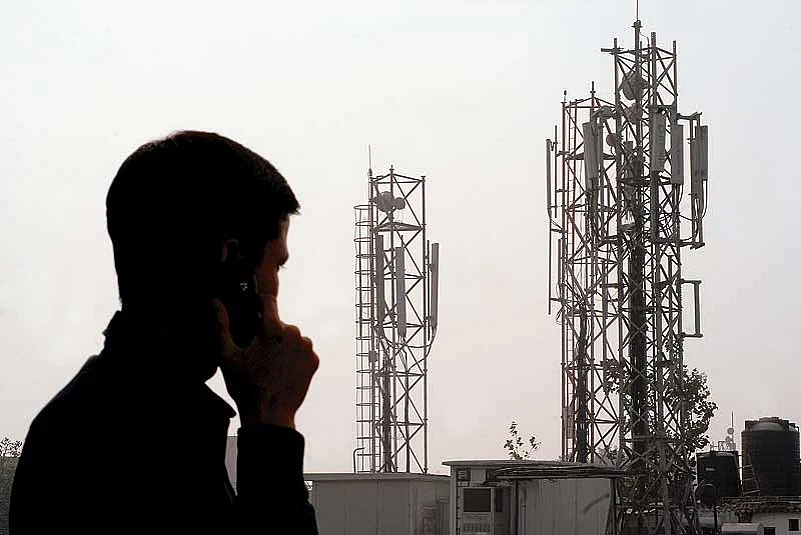It was an open secret that the 2G spectrum auction would be a grand flop. Almost a week before the auctions, a senior telecom player had told Outlook about the telecom operators’ plan. And that’s exactly how it played out. When the final bell rang on November 14, the total proceeds were just Rs 9,407 crore—effectively nixing the government’s grand plan to garner Rs 40,000 crore. No operator went for an all-India bid; Delhi and Mumbai had no takers.
So what went wrong? Well, it’s no secret the telcos were upset with recent government decisions. First, it set an unrealistically high floor price of Rs 14,000 crore per 5 megahertz of spectrum. “The fact is that investors do not see value for money here. It is clear that the high reserve price of metros and A circles is out of line with current revenues there,” says telecom commentator Mahesh Uppal.
After losing huge amounts due to under-pricing of spectrum earlier, the government was on the defensive. It was difficult to totally rule out recommendations of the DoT and the trai, which had overestimated spectrum prices. But the final price, though toned down, was over the top and led to the disastrous auction response. It was also a big mistake to link this reserve price to the 3G spectrum auction reserve price—these were held at a time when ex-telecom minister A. Raja created a spectrum scarcity by issuing over 100 licences at bargain prices.
The final nail in the coffin for the auction was perhaps the announcement of a one-time fee for excess spectrum a few days before the auctions. This put an additional burden on the older players who have been forced to pull at their purse-strings at the current auction. Experts feel that you can either have a market-determined price for spectrum or put a retrospective value. By attempting to have both, the government may have killed its own golden goose.






















